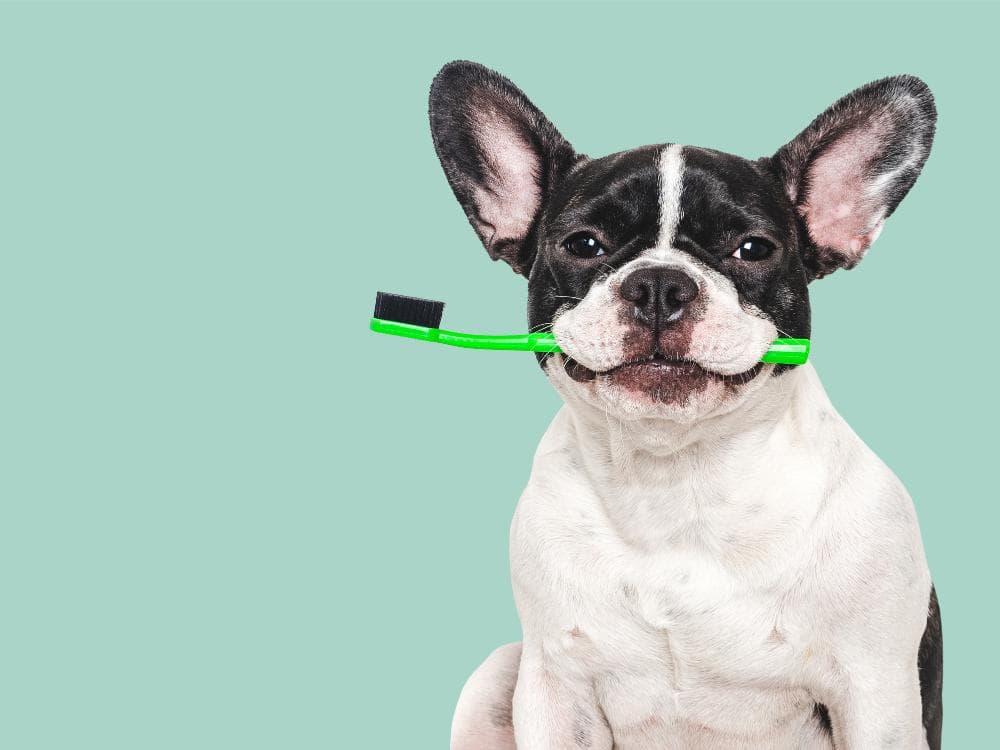Recognizing the Signs of Dental Disease in Pets and When to Seek Care

Your pet’s dental health might be the last thing on your mind. With vital organs like the lungs, heart, and kidneys to worry about, how important are teeth, really?
As it turns out, they are very important.
But unfortunately, many dental issues in pets go unnoticed until they’re causing a lot of discomfort or other health problems. Understanding the pet dental disease signs and when to get veterinary dental care can save your furry friend more than just a toothache.
Today, the team at Crossover Veterinary Clinic would like to share tips for preventing, spotting, and treating pet dental woes.
Common Signs of Dental Problems in Pets
Pets can’t tell us when their mouth hurts, so it’s up to us to recognize the signs of dental distress. Here are the most common indicators that something is amiss:
- Bad breath (halitosis): Persistent, foul doggy breath is often a sign of underlying dental disease.
- Difficulty eating or chewing: Your pet may drop food, chew on one side, or avoid eating altogether due to discomfort.
- Red or swollen gums: This can indicate pet gum disease, like gingivitis or periodontitis.
- Loose, discolored, or broken teeth: These are often signs of advanced pet tooth decay or trauma.
- Drooling or pawing at the mouth: Pets may do this to express discomfort or pain.
- Behavioral changes: New or unexpected irritability, lethargy, or lack of playfulness can point to oral discomfort.
Even better than spotting signs of dental disease is understanding what causes it and how to prevent it.
What Causes Dental Disease in Pets?
Dental disease typically starts with plaque buildup. In simple terms, plaque is a sticky, bacteria-filled biofilm that forms on teeth after eating. If it isn’t brushed off or removed via chewing or drinking water with a dental additive, this plaque can harden into tartar. Tartar is difficult to remove, and it can get under the gum line, where you couldn’t brush it off yourself even if you tried.
At this point, a professional dental cleaning is necessary to keep your pet’s mouth healthy. Otherwise, tartar will keep building up, leading to gum inflammation, tooth decay, and infection.
Left untreated, the bacteria can spread to other parts of the body and cause serious issues in those all-important organs: the heart, kidneys, and liver.
The Importance of Veterinary Dental Care
Regular veterinary dental care is essential for maintaining your pet’s oral health. Professional cleanings can remove plaque and tartar, especially below the gum line. Annual dental exams also help your veterinarian catch pet dental disease signs early.
Even with the best of intentions, attempts to brush your pet’s teeth every day or week can fall by the wayside. Yearly or bi-yearly cleanings go a long way toward preventing serious dental issues.
If you notice any signs of dental problems in your pet, like bad breath, swollen gums, or difficulty eating, schedule a veterinary visit immediately. Early intervention can mean the difference between ongoing pain or rapid treatment and recovery.
And even if your pet has no signs of dental disease, it’s wise to schedule a yearly dental exam and cleaning to stay ahead of the game. The team at Crossover Veterinary Clinic is here to help! Call us at (479) 750-7474 to schedule your pet’s dental exam and cleaning today.
